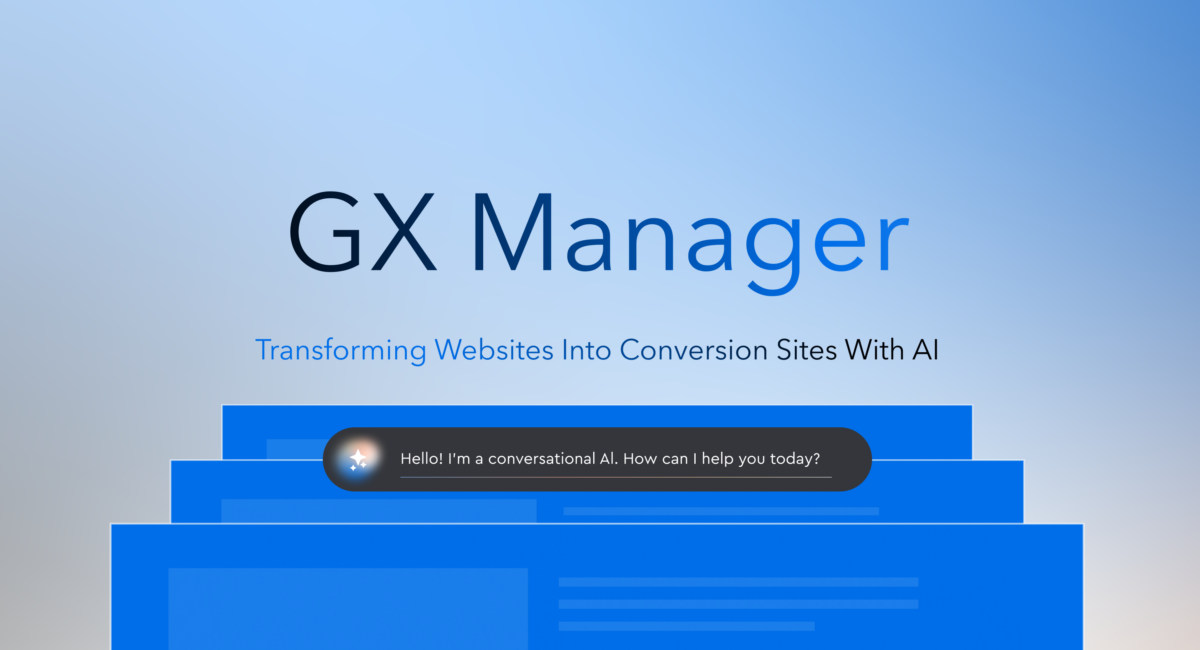|
|
Social media ate the world, and its continued dominance—headed up by a few key players—was a given.
At least, that was the view a couple weeks ago.
Then came the slow-motion car crash: Elon Musk’s controversial takeover of Twitter begot mass layoffs and an exodus of major advertisers signaling doubts about the platform’s perceived longevity. Meta—which has been hemorrhaging billons on its long (some would say quixotic) bet on the Metaverse—just announced a 13% workforce reduction, with potential implications for Instagram and WhatsApp. Snap continues to limp along, and even rising star TikTok is not immune to restructuring efforts and the advertising slowdown.
These are not signs of a healthy industry and, I believe, point to a paradigm shift unfolding before our eyes: the decline of social media as the unquestioned public forum and primary source of information.
But moments of chaos are also moments of opportunity. And for corporations, that means creating your own content.
Building out your owned-content architecture right now is a pragmatic move. This does not mean abandoning social media (huge reachable audiences are on these platforms, and we at SJR are still very bullish on LinkedIn), but instead investing in a smart hedge. By creating your own stories and hosting them on your own sites, you control the messaging and can continuously fine-tune distribution across a wide variety of channels. This puts you less at the mercy of something like a sudden loss of eyeballs on any individual social media site or from your content ending up next to something that doesn’t align with your brand.
I would argue there’s an even deeper benefit to content, and it involves trust.
Social media companies exist at the impossible intersection of publisher and platform, and they struggle to shake their associations with misinformation and “fake news.” As the Edelman Trust Barometer found, audiences are more likely to believe communications from major corporations than from their social media feeds. The companies that are able to create the right types of newsrooms and content sites now will be able to capture that trust and those audiences to build the foundations of a new information infrastructure on the web.
Time will tell whether there will be a functioning Twitter in one year, or an unforeseen new social platform that rises from the ashes. But building your own content sites will always be a great bet.






